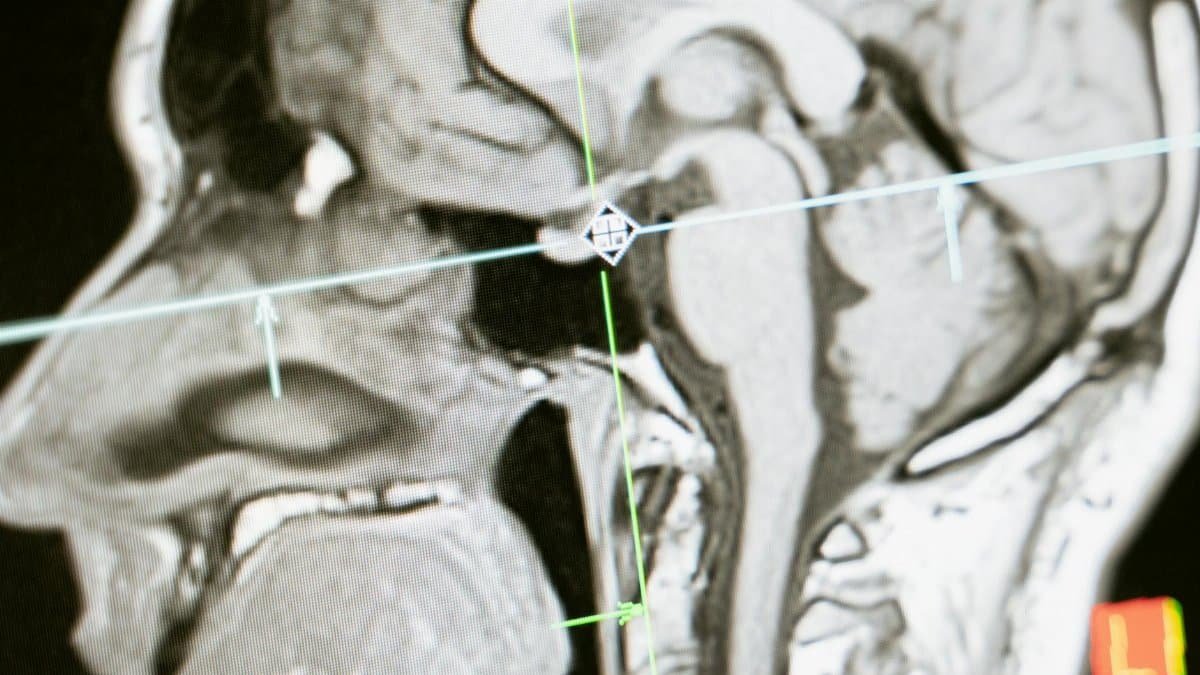Imagine sitting in a quiet room, grappling with a question that defies logic: “What is the sound of one hand clapping?” This riddle, a classic Zen koan, isn’t meant to be solved in the usual sense. Instead, it’s a tool to disrupt ordinary thinking. For centuries, Zen practitioners have used koans to cultivate mindfulness and insight. But now, in 2025, a growing field of study—zen koan neuroscience—is revealing why these paradoxical puzzles might actually rewire the brain for calm and clarity. Researchers are uncovering how wrestling with the unsolvable can quiet mental chatter and foster neural flexibility. This intersection of ancient practice and modern science offers a fresh lens on how we process stress and uncertainty. It’s not just spiritual fluff; it’s a measurable shift in how our minds work.
The Ancient Art of the Unsolvable

Zen koans emerged from Buddhist traditions over a millennium ago, primarily in China and Japan. These short, often baffling stories or questions—like “What was your face before you were born?”—aren’t designed for intellectual answers. Their purpose is to push the mind beyond linear reasoning, into a state of direct experience. Historically, monks would meditate on a koan for days, even years, under a teacher’s guidance. The goal wasn’t to “get it right” but to let go of the need to solve anything at all.
Think of a koan as a mental cul-de-sac. You drive in, expecting a way out, but there’s none. That frustration, Zen teachers say, is the point. It forces a surrender of ego-driven thought. Today, scholars and practitioners are revisiting these practices, curious about their impact on mental health. And science is starting to catch up, asking: What happens in the brain when we confront the impossible?
Neuroscience Meets the Koan

Enter zen koan neuroscience, a niche but growing field blending meditation research with cognitive science. Studies suggest that engaging with koans activates unique neural patterns. When faced with a paradox, the brain’s default mode network—often linked to mind-wandering and self-referential thinking—tends to quiet down. A 2019 study from the University of California, Los Angeles, found that mindfulness practices, including koan meditation, reduce activity in this network, potentially easing anxiety.UCLA Research continues to explore these effects.
Meanwhile, the anterior cingulate cortex, tied to error detection and conflict resolution, lights up as the mind wrestles with a koan’s contradictions. This push-and-pull may strengthen cognitive flexibility—our ability to adapt to uncertainty. As one researcher put it, koans act like “mental sandpaper,” smoothing out rigid thought patterns. The result? A brain less stuck on autopilot, more open to the present.
Breaking the Ego’s Grip

“I kept trying to figure it out, and it drove me up the wall,” shared a meditation student anonymously in a recent online discussion about working with koans. “Then, one day, I just stopped caring about the answer. And that’s when I felt… free.” This sentiment captures a core aim of koan practice: dismantling the ego. Neuroscience backs this up. Research from Harvard Medical School suggests that mindfulness practices can shrink activity in areas of the brain tied to self-concept, like the medial prefrontal cortex.Harvard Medical School has published extensively on meditation’s effects.
When we obsess over solving a koan, we’re often caught in a loop of self-judgment. Letting go of that need can feel like dropping a heavy backpack. Brain scans show this release correlates with lower stress hormones. It’s not about solving the riddle; it’s about realizing the riddle doesn’t define you.
A Neural Path to Calm

Why do koans calm us? It’s not just philosophical. When the brain stops chasing answers, it shifts into a state akin to deep relaxation. A study by the National Institutes of Health found that mindfulness-based practices, including those involving paradoxical thinking, lower amygdala activity—the brain’s fear center.National Institutes of Health supports ongoing research into stress reduction techniques. This downshift can feel like a mental exhale, especially in our high-pressure world.
Picture a busy professional, juggling deadlines in 2025’s ever-accelerating gig economy. Sitting with a koan for even ten minutes might interrupt the cycle of worry. It’s not magic—it’s measurable. Less amygdala firing means less fight-or-flight response. Over time, this can build resilience, making life’s inevitable frustrations feel less personal, less overwhelming.
Practical Applications in Daily Life

Zen koan neuroscience isn’t just for monks or lab subjects. Its insights are trickling into therapy and wellness programs across the U.S. Some psychologists now integrate koan-like exercises into cognitive behavioral therapy, using paradoxes to help clients break free from overthinking. A report from the American Psychological Association highlights how mindfulness-based interventions are gaining traction for anxiety and depression.American Psychological Association provides resources on these emerging methods.
At home, anyone can experiment. Start with a simple koan during a quiet moment. Sit with it, not to solve it, but to notice how your mind reacts. Frustration might bubble up. That’s fine. The practice is in staying with the discomfort. Over weeks, this can train patience—a skill sorely needed in today’s relentless pace.
Challenges and Skepticism

Not everyone’s sold on zen koan neuroscience. Critics argue the research is still young, with small sample sizes and inconsistent methodologies. Some neuroscientists caution against overhyping meditation’s effects, pointing out that cultural bias might inflate perceived benefits. After all, not every brain responds the same way to a riddle. For some, koans might just feel irritating, not enlightening.
Then there’s the cultural critique. Is it appropriate to strip koans from their spiritual roots for secular study? Traditional Zen practitioners sometimes bristle at the clinical lens, arguing it misses the deeper, ineffable purpose. Yet, as East meets West in labs and meditation halls, a dialogue emerges. Perhaps science and spirit don’t have to clash—they can inform each other, if approached with respect.
A Broader Cultural Shift

Step into a mindfulness retreat in California or a wellness app’s comment section, and you’ll sense koans gaining ground. They’re no longer just for Zen enthusiasts. In 2025, as Americans grapple with burnout and digital overload, there’s a hunger for tools that cut through mental noise. Koans, backed by neuroscience, offer a quirky but grounded option. They’re not a cure-all, but a reminder: Sometimes, the best way forward is to stop trying so hard.
One retreat attendee described a koan session as “like rebooting a frozen computer.” That analogy sticks. Our brains, often overloaded with inputs, might need a paradox to jolt them out of old loops. As research deepens, zen koan neuroscience could reshape how we approach mental wellness—not through striving, but through surrender.
